Last updated: February 2025
Memory Foam Mattress Buying Guide
The ultimate guide to purchasing a memory foam mattress, with helpful tips from our product experts.
Memory foam mattresses are a popular choice and are suitable for all types of sleepers, whether you lay on your side, back, or front. If you place value in cushioned comfort with a velvety smooth feel, memory foam mattresses could be for you.
What is a memory foam mattress?
A memory foam mattress has a layer of memory foam with either springs or support foam beneath, depending on type.
Originally designed for NASA, memory foam, as its name suggests, has a 'memory'. This means that you can apply pressure to the foam, and your body heat will soften the material so it can to the shape of your body that is forming the pressure.
How does it work?
Once the pressure is removed, the foam remembers its original shape and bounces back slowly. Eventually, the foam also ‘remembers’ your body shape too, giving you the optimum sleeping position as soon as you lay down.
This ability to mould and remould without losing that essential level of support makes memory foam ideal for mattresses. The feeling of being cradled rather than laying on top of a rigid surface means that you can find a comfortable position more quickly, ensuring a more restful night's sleep.
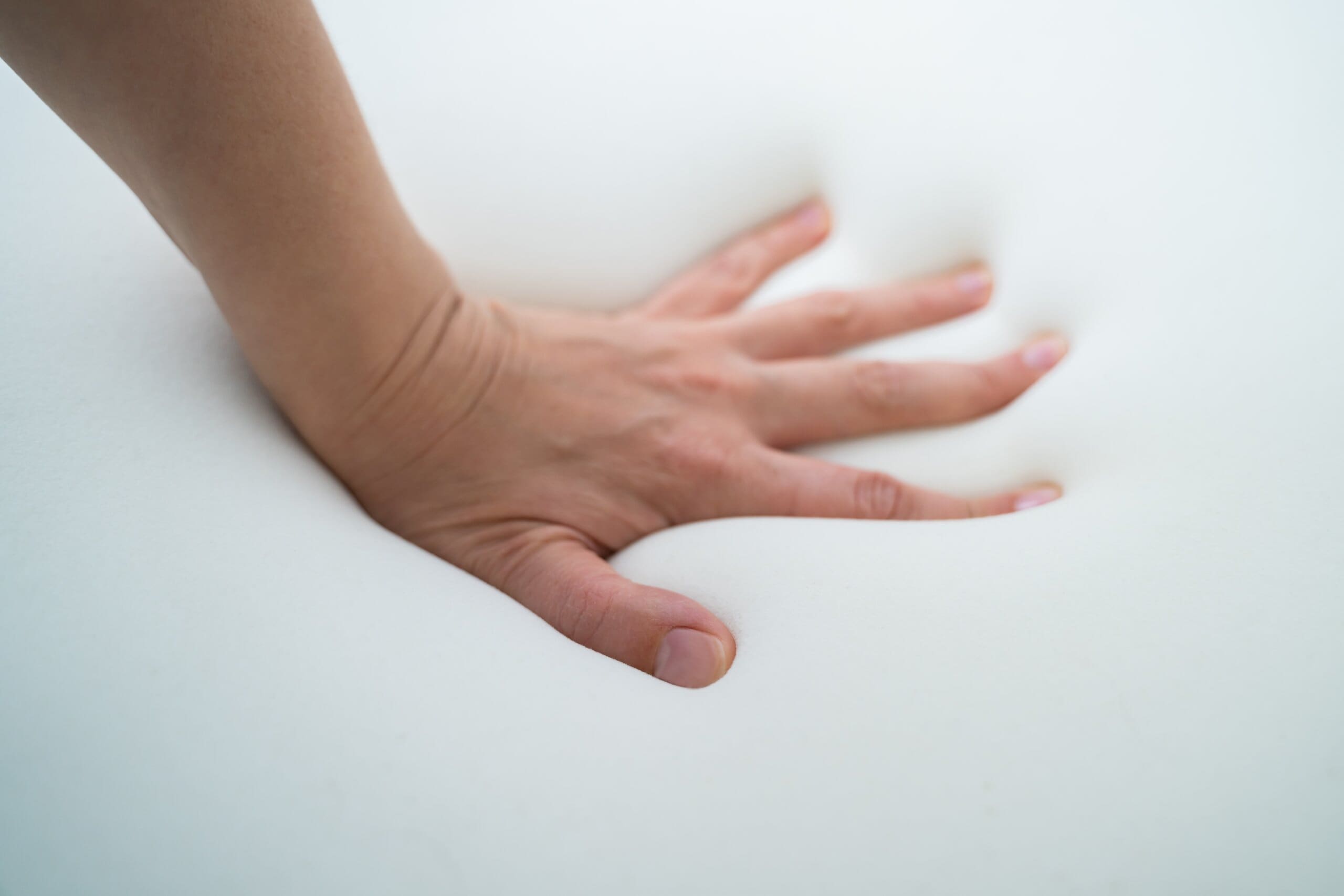
Benefits of memory foam mattresses
Here are seven key benefits of a memory foam mattress:
1. Spinal alignment
A defining characteristic of this soft material is that it contours to your body and reduces pressure on your spine. This is ideal for those who sleep in many different sleeping positions as it provides excellent pressure point relief for your joints and limbs. It properly aligns the neck, spine, and hips.
2. Pain relief
Ever slept on a surface that is too firm? Having your full body weight on pressure points all night as you sleep can make you feel sore in the morning. This mattress reduces pressure spots across your body by evenly distributing body weight, helping to correct a poor sleeping posture. Encouraging a healthy sleeping position also helps to reduce chronic back and neck pain.
3. Eases breathing
Memory foam supports the curve of your neck, easing your breathing by keeping your airways clear and open. This contributes to better sleep quality and is appealing to people with sleep apnea.
4. Hypoallergenic
Memory foam mattresses are made from materials that make them hypoallergenic and dust mite-resistant. This is ideal for people who have allergies, asthma, or respiratory problems.
5. No squeaks or creaks
Memory foam is silent – coils in a traditional mattress can start to squeak and creak over time. This issue doesn’t happen with memory foam, which can help you get great sleep.
6. Motion isolation
The body contouring mattress stops movement from being transferred, which means you’ll be undisturbed when the person you’re sharing a bed with moves or rolls over. This is perfect if you’re a light sleeper or your partner is restless.
7. Little maintenance
Memory foam mattresses are one-sided, with the foam layer only on the top side. This means you shouldn’t flip them but rotate them instead.
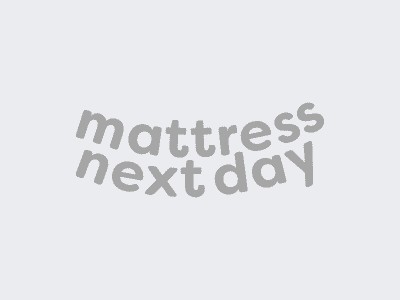

Types of memory foam mattresses
Memory foam isn’t a one size fits all sleeping solution. There are actually many different types of foam mattresses available, each with its own characteristics and benefits.
Latex foam mattresses
Latex mattresses are similar to memory foam but are made from an entirely natural material harvested from the rubber tree. They are renowned for their luxurious natural filling and superior, denser posture support and have less 'sink-in' than traditional memory foam, while offering trademark plush comfort.
Latex is also super breathable and doesn't retain as much heat as traditional memory foam. You can read more about this natural alternative to memory foam in our Latex Mattress Buying Guide.
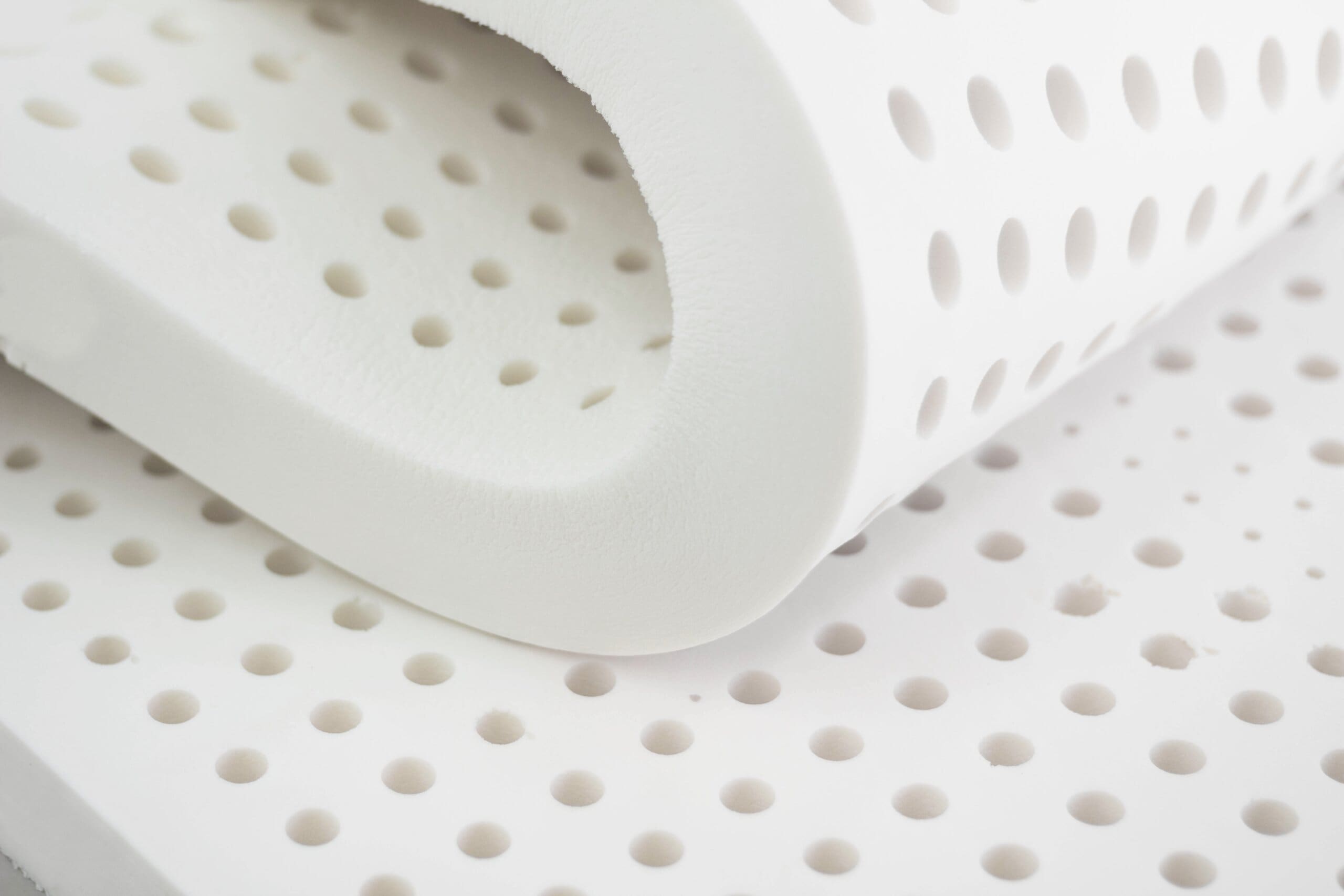
Gel memory foam mattresses
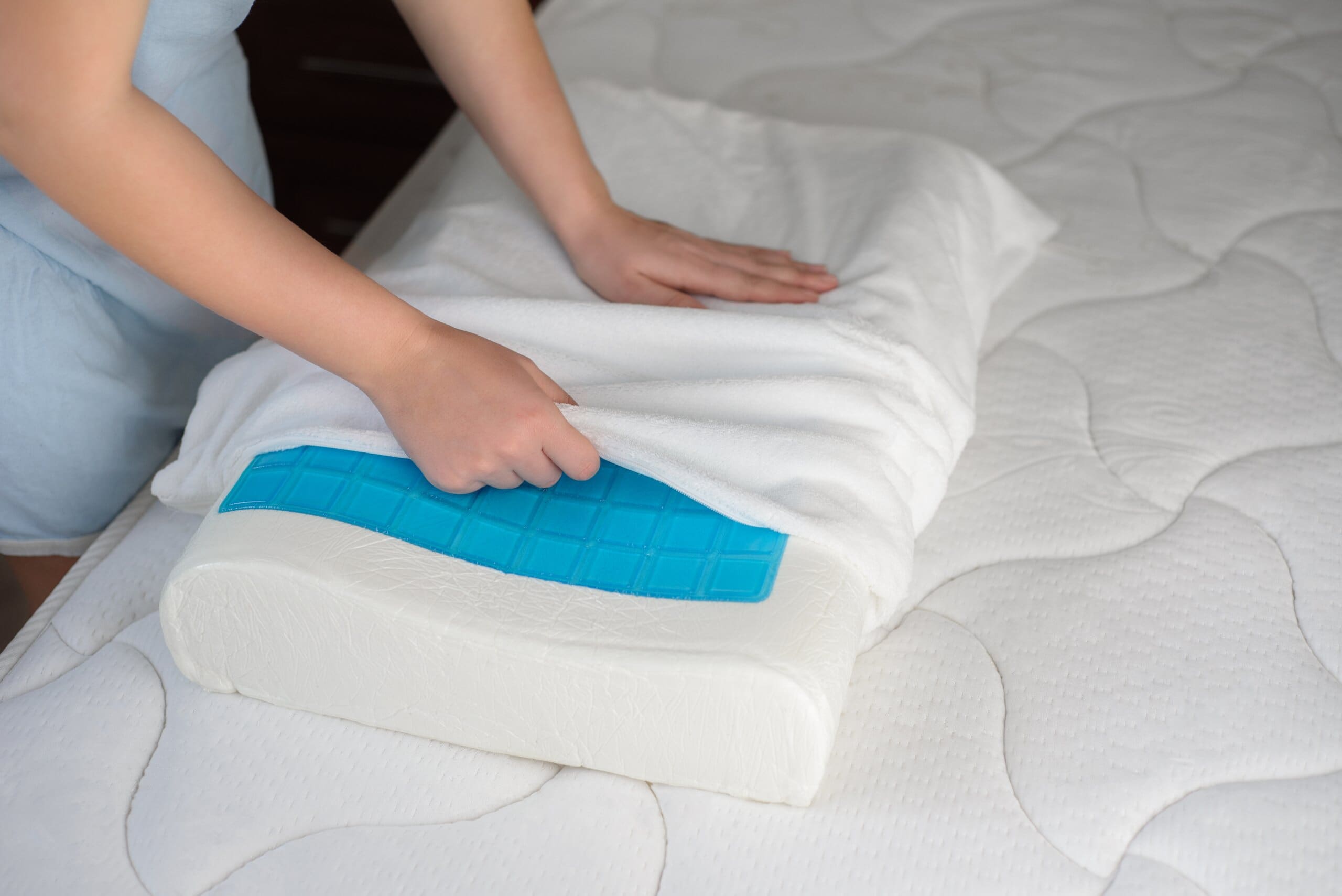
A form of cooling memory foam, these gel mattresses are perfect for those who tend to overheat at night, regulating temperature and airflow while retaining that classic memory foam feel. Choose a gel memory foam mattress for a cooler night’s sleep.
Cooling gel is also great for memory foam pillows, especially if you love the 'cool side of the pillow' feeling.
Read our Gel Foam Mattress Buying Guide for more information.
Pocket-sprung memory foam mattresses
This pioneering sleeping solution blends all the benefits of pocket-sprung mattresses with the supple comfort of memory foam.
This is a hybrid mattress that is breathable and supportive without sacrificing any softness. Pocket foam mattresses have sprung foundations topped with a generous layer of memory foam – the best of both worlds.
Our Hybrid Mattress Buying Guide will help you decide if this is the mattress type for you.
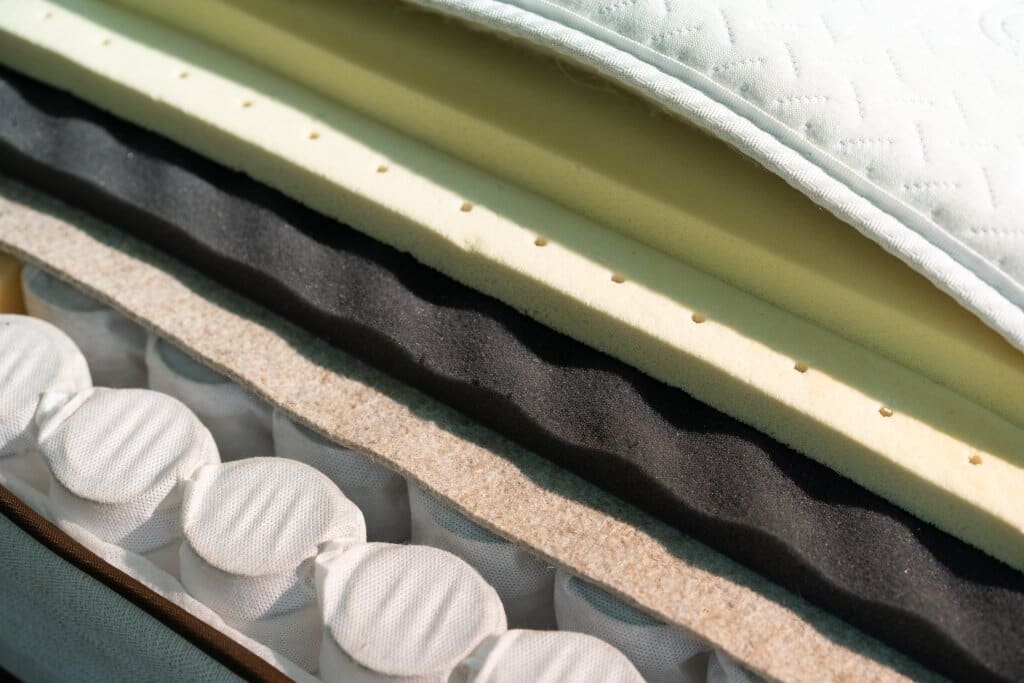
What to look for when buying a memory foam mattress
There are several different features of memory foam mattresses to consider when choosing the perfect sleep surface for you.
1. Type
There are three main types of memory foam mattresses:
- Traditional: the traditional viscoelastic foam is closed-cell. It is denser and offers an incredibly comfortable sleep. The closed-cell design retains body heat which can make your sleep warmer, however, they are available with a cooling gel.
- Gel memory foam: this gel foam layer pulls heat away from your body, preventing heat retention.
- Open cell: this less dense, open design allows warmth to escape, keeping you cool at night.
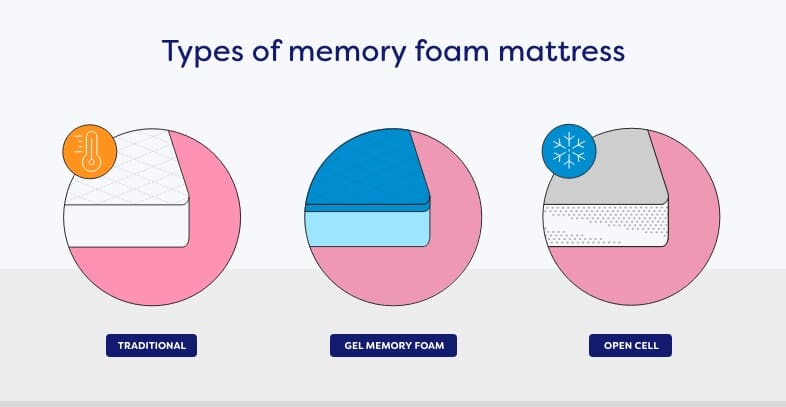
It is also possible to get hybrid mattresses that offer memory foam comfort layers along with more traditional structures, such as pocket springs. These are a great choice if you’re looking for the best of both worlds and additional support.
2. Density
The density of memory foam is how heavy it is compared to how big it is. How dense the memory foam is impacts mattress longevity, durability, and the amount of support it gives you. The denser a mattress is, the more longevity it has.
Memory foam densities range between 3 to 7 pounds, with the higher end being more premium and usually lasting longer. Knowing which density not only suits your sleep style but also your budget will help narrow down your options. Find out more information with our guide on memory foam mattress density.
3. Thickness
Memory foam mattresses have several layers and vary between brands. There are two layers that are most important.
- Comfort layer: this is the top layer which moulds to your body and relieves pressure and pain.
- Base layer: the layer that supports everything, stopping the material from sagging.
Memory mattresses are typically in the range of 8 to 14 inches. A standard mattress thickness is around 10-12 inches which is enough support for the average adult sleeper, however, you can get thicker if you’d like even more support.
4. Firmness
How firm you want your mattress totally depends on personal preference – there is no right or wrong answer. We offer memory foam in a range of firmnesses:
- Softer: good for side sleepers, offers a soft level of support
- Medium: good for side, front, and back sleepers
- Medium firm: good for those who alternate sleeping positions
- Firm: good support for those who sleep on their back
- Extra firm: offers the most support, often referred to as orthopaedic
Take a look at our guide on preparing and caring for your memory foam mattress for information on how to make it firmer or softer as your needs change.
5. Budget
Due to the popularity of memory foam, there is an incredibly wide range available at different price points. We stock memory foam mattresses to suit every budget, from as little as £140.
However, the level of comfort and support you get from your memory foam mattress is going to increase the more you spend on it - higher quality materials are more expensive to produce, but we always ensure you get the very best price possible.


6. Size
Choosing the right memory foam mattress size will guarantee you have enough space to truly relax, especially if you’re sharing the bed with your partner and don’t want to be squished next to each other.
Our memory foam mattresses are available in the following sizes:
| Size | Dimensions (metric) | Dimensions (imperial) | Suitable for |
| Small single | 75 x 190 cm | 2’6” x 6’3” | Rooms with limited space. Best suited to children. |
| Standard single | 90 x 190 cm | 3’0” x 6’3” | Rooms with limited space or if you prefer a cosier feel while sleeping alone. |
| Small double | 120 x 190 cm | 4’0” x 6’3” | Teenagers, guest bedrooms, or couples who like to sleep close together. |
| Standard double | 135 x 190 cm | 4’6” x 6’3” | Couples who want a little more space. |
| King size | 150 x 200 cm | 5’0” x 6’6” | Couples who love space, taller people, or people with a bigger build. |
| Super king size | 180 x 200 cm | 6’0” x 6’6” | The biggest size available, offering the most space. |
For help on which bed size is right for you, check out our Ultimate UK Bed & Mattress Size Guide.
7. Bed frame
The right bed frame is incredibly important for a proper night's rest. Make sure you pair the correct frame with your mattress otherwise this can void the brand’s warranty.
The best type of bed frame for a memory mattress is a platform bed or a standard bed frame. This choice will provide proper support and will enhance the features of the viscoelastic foam, letting air circulate properly.
We've also created a guide to the best bed frames for a memory foam mattress, so take a look at that for more help in choosing your sleep set-up.
More tips on how to choose a memory foam mattress
- Sleep trial: we offer a 100-day trial on selected models, allowing you to truly test them out.
- If you have allergies or asthma, it might be a smart decision to browse hypoallergenic memory foam mattresses.
- ??Some manufacturers offer a lifetime warranty, so if something goes wrong, you can get a brand-new one free of charge.



Is a memory foam mattress good for your back?
What is memory foam made of?
A memory foam mattress is made of several supportive and comfortable layers of polyurethane, a material which contours around the shape of your body and relieves pressure points. This makes it one of the best materials for those with back pain, or people who are looking to correct their posture.
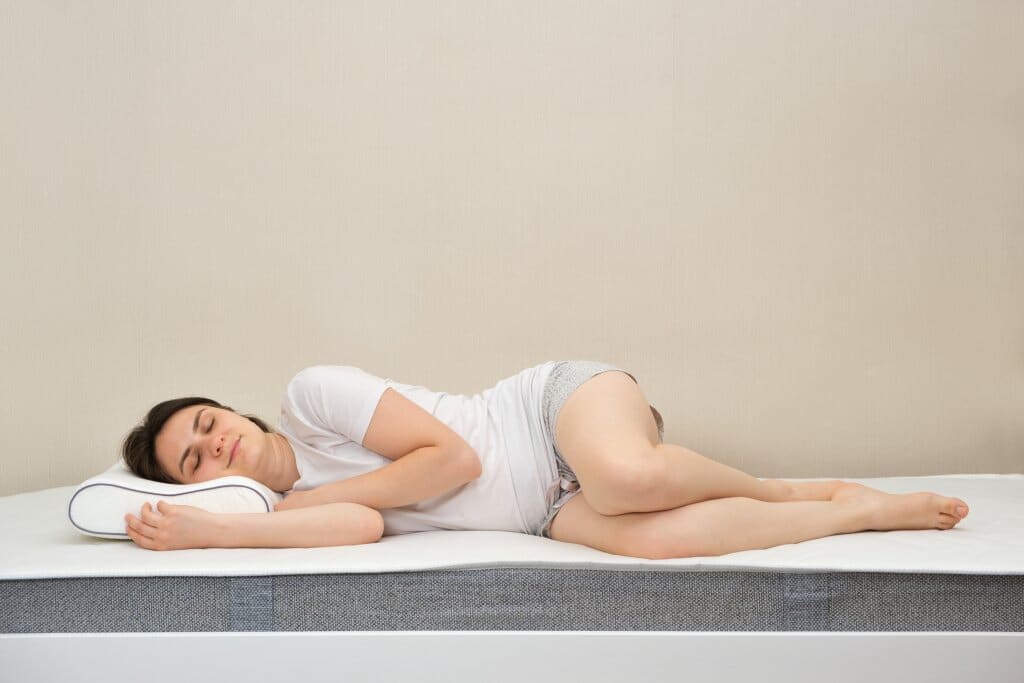
The body contouring characteristics of this viscoelastic foam help to support the natural curves in the spine, which help align it and reduce pressure spots on other parts of the body like shoulders, hips, and knees. If you’ve ever slept on an overly firm mattress, you’ll likely have felt sore the next day where these areas have dug into the material.
We also have a range of memory foam mattresses with specific orthopaedic support features.
Memory foam vs. other mattress types
Memory foam mattresses are suitable for a range of people from those who want pain relief, those who sleep on their side or regularly toss and turn, and those who simply love a soft, comfortable sleep.
However, we’re dedicated to ensuring you get the very best mattress for you and your unique needs. We’ve compared memory foam to other types of mattresses so you can be sure to get the right one for you.
Memory foam vs. orthopaedic
Orthopaedic mattresses are more specialist than memory foam – they are more suitable for people who experience pain when they sleep, those in active recovery from injury, and older people. Doctors can recommend them if you have back pain or other similar medical conditions.
An orthopaedic memory foam mattress features a layer of memory foam for comfort as well as orthopaedic support. This means it is slightly firmer than a typical memory foam option, helping maintain a correct posture while in bed and aligning your spine.
Memory foam vs. pocket sprung
Rather than foam, a pocket sprung mattress is made of hundreds or even thousands of coils that are encased individually. Each individual pocket spring moves independently to adapt quickly to different weights and sleep positions.
A higher spring count generally provides better support and a firmer feel. Pocket-sprung mattresses are ideal if you wish to lay ‘on top’ of your bed, rather than ‘sink in’ like you would with memory foam.
Memory foam vs. hybrid
A hybrid mattress generally involves a layer of pocket springs with a pillow top made up of memory foam or a similarly comorting foam. These are arguably the best of both worlds - you get the intense support and firmness from the springs, with the sink-in feeling of the memory foam.
We offer unique combinations of hybrid mattresses, so you’ll be able to find one that perfectly suits your needs.
Memory foam vs. gel foam
A gel foam mattress is similar to memory foam, with cooling gel pods added to the foam layer. Gel foam also bouncier and moulds back to its original shape faster than regular memory foam.
The main difference between memory foam and gel memory foam is heat retention. This type of mattress draws warmth away from your body which keeps you cool while you sleep.
Need more advice on how to choose a memory foam mattress? Our guide to the best memory foam mattresses will help you pick.
FAQs
Still got some questions? Take a look at the answers to our most frequently asked questions surrounding memory foam, and remember to check out our other guides too!

